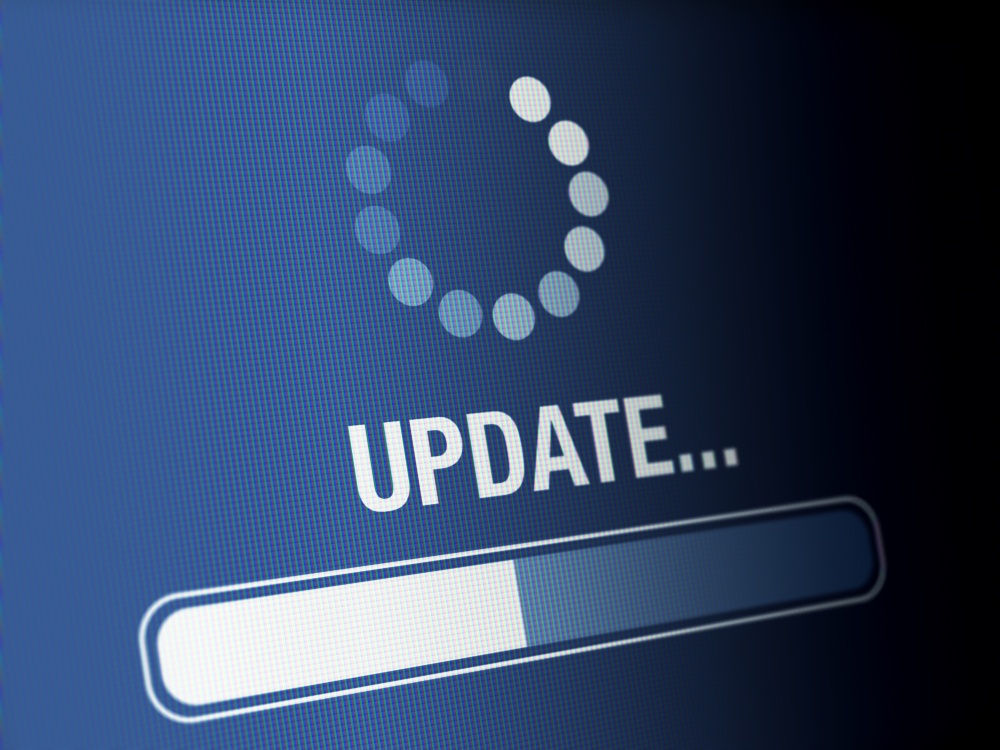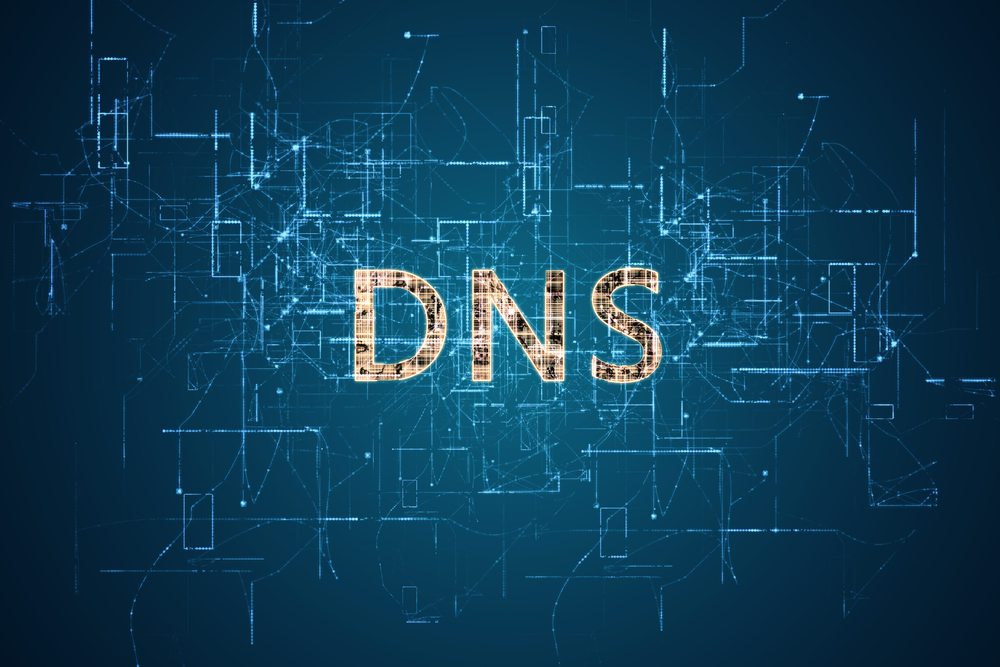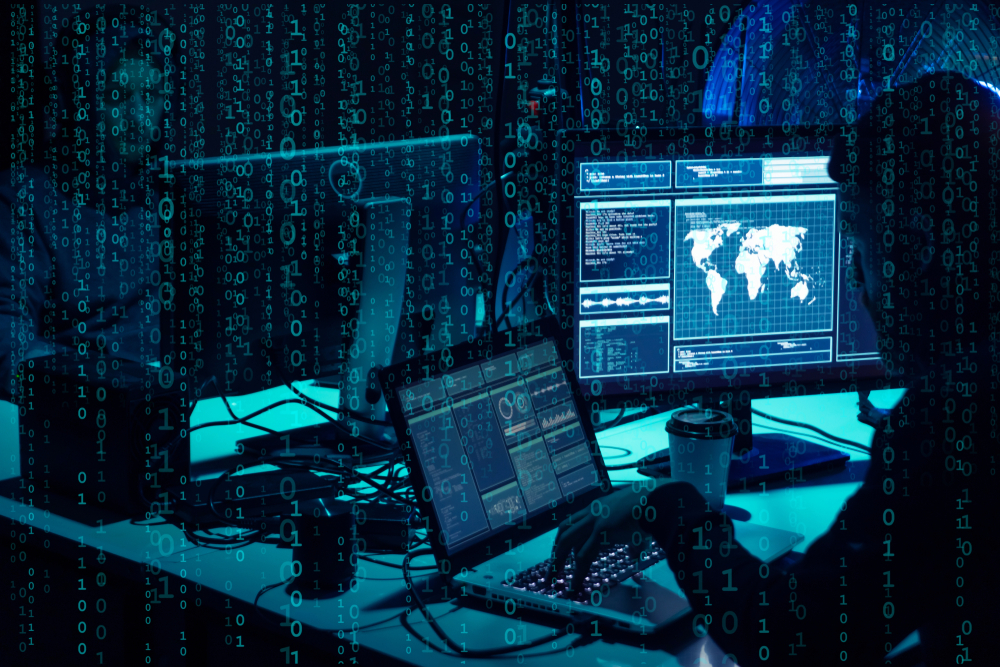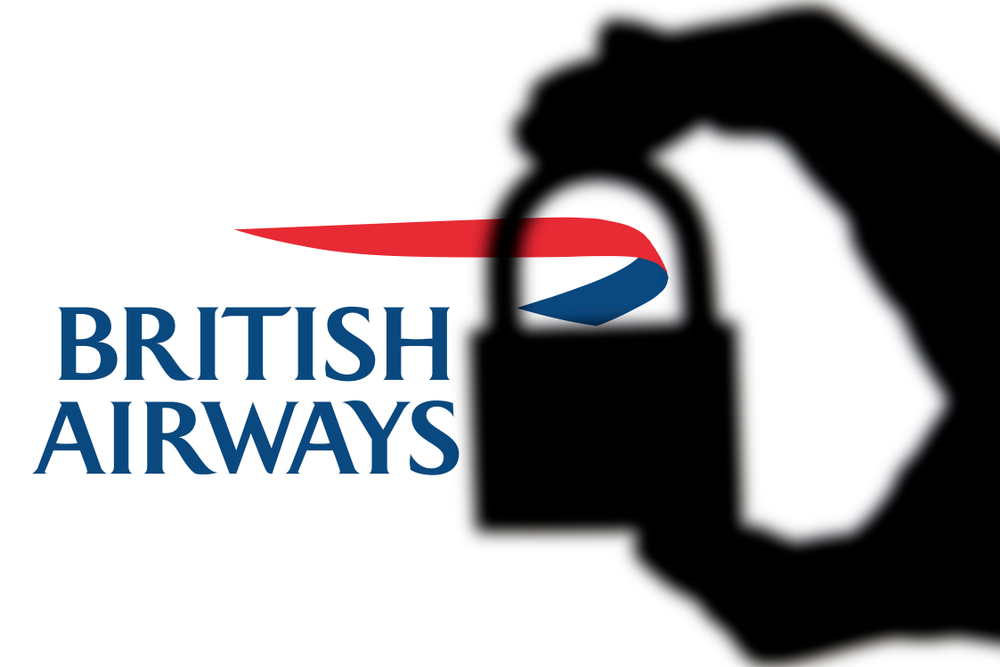1 million ProFTPD servers vulnerable to RCE
A potential remote code execution vulnerability has been discovered in the popular GPL-licensed FTP server ProFTPD ProFTPD is running on over a million servers exposed to the internet. It is included in several Linux distros including Debian, Suse and Ubuntu. The flaw, tracked under CVE-2019-12815 lives in the mod_copy module. The flaw allows an unauthenticated user to […]
1 million ProFTPD servers vulnerable to RCE Read More »










